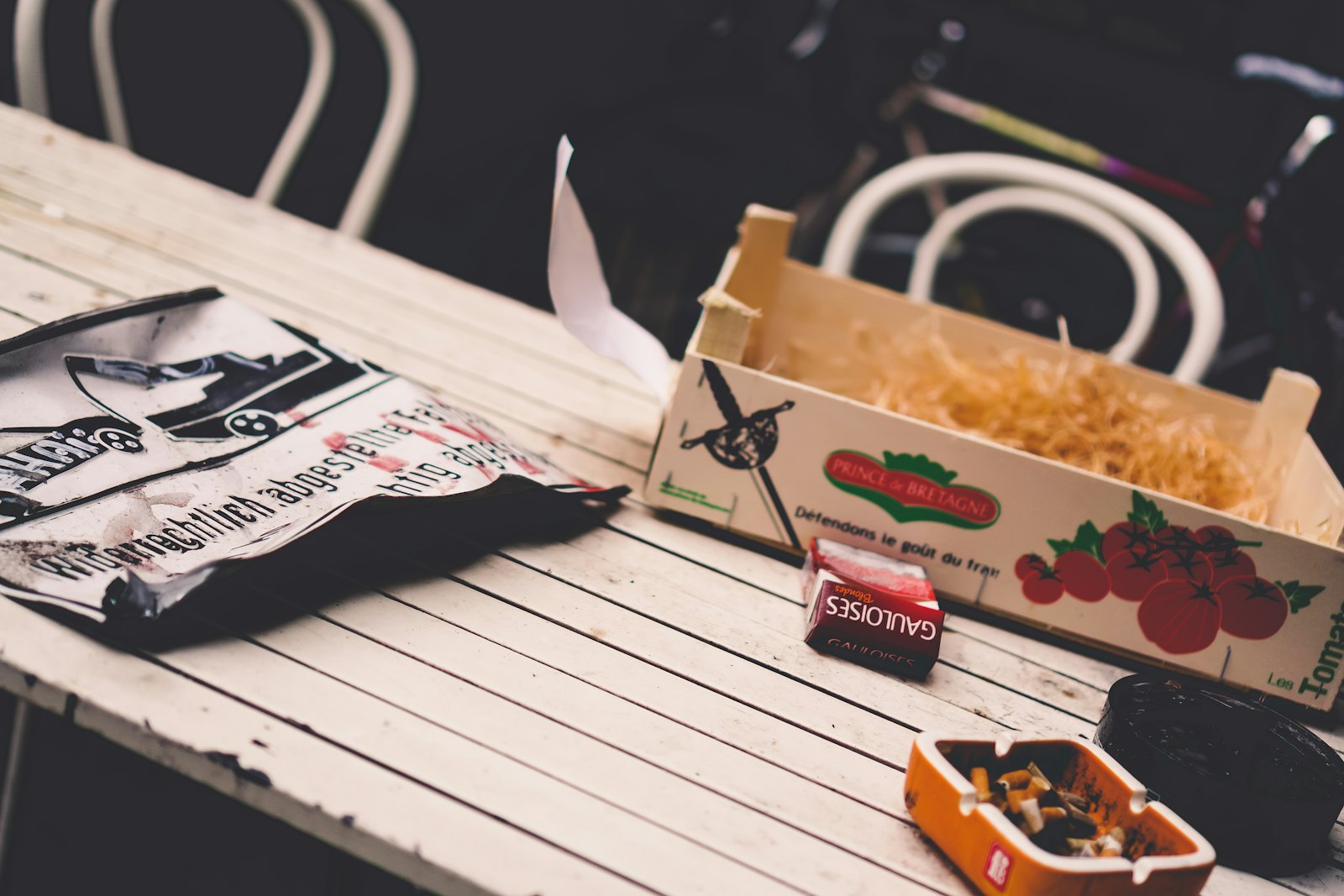Are you struggling to break bad habits and establish positive ones? The habit loop, consisting of a cue, routine, and reward, plays a pivotal role in shaping our behaviors. In this blog post, we will delve into the science behind the habit loop and explore effective strategies to break free from detrimental habits and cultivate healthier ones. By understanding the mechanics of the habit loop, you can gain valuable insights into reshaping your daily routines and achieving lasting positive change.
Understanding the Habit Loop
Habits are ingrained behaviors that we perform almost unconsciously and are driven by a three-step neurological loop: cue, routine, and reward. Understanding each component can provide insights into how to break bad habits and establish positive ones.
The Cue
The cue is the trigger that initiates the habit. It can be a specific time of day, an emotional state, a location, or the presence of certain people or objects. For instance, feeling stressed (cue) may lead to reaching for a cigarette.
The Routine
The routine is the behavior itself, the action or series of actions that follow the cue. In the example of smoking, the routine is the act of lighting a cigarette and inhaling the smoke.
The Reward
The reward is the satisfaction or benefit derived from the habit. It satisfies a craving and reinforces the loop. In the case of smoking, the reward may be the temporary reduction of stress or anxiety.
The Habit Loop: Breaking Bad Habits
Identify Triggers
Identifying triggers is the first step to breaking a bad habit. It involves recognizing the specific cues or situations that prompt the unwanted behavior. This can be a certain time of day, a particular place, or an emotional state that leads to the habit. By understanding the triggers, individuals can develop a heightened awareness of when the habit loop is about to be activated, empowering them to intervene and make a different choice.
Replace the Routine
Once the triggers are identified, it is essential to replace the routine associated with the bad habit. This involves finding a different behavior that can take the place of the unwanted habit. For example, if the habit is reaching for a sugary snack when feeling stressed, replacing it with a healthier alternative like going for a walk or drinking a glass of water can help break the cycle.
Find Alternative Rewards
Bad habits often provide some form of gratification, even if it's short-lived. Finding alternative rewards that satisfy the underlying need can aid in breaking the habit loop. If the habit is excessive social media use for procrastination, finding a different, more fulfilling reward such as completing a small task or taking a short break outside can help eliminate the urge to engage in the habit.

Photo by Daniel Friday Danzor
Instilling Positive Habits
Instilling positive habits can be a transformative journey, leading to increased productivity and well-being. By starting small, setting clear cues, and rewarding yourself, you can effectively instill positive habits.
Start Small
When embarking on the journey of instilling positive habits, it's crucial to start small. Focus on one habit at a time to prevent overwhelm. Whether it's incorporating a daily 10-minute meditation session or committing to a 15-minute walk each day, starting with manageable goals sets the stage for success. Small victories pave the way for significant long-term changes, giving you the confidence to tackle more ambitious habits.
Set Clear Cues
Setting clear cues is instrumental in establishing positive habits. Identify triggers or specific timeframes that align with the habit you want to instill. For example, if you aim to develop a reading habit, designate a specific time each day, such as before bedtime, and place your book on the bedside table as a visual cue. Creating a clear link between the cue and the habit reinforces the behavior you want to adopt.
Reward Yourself
Rewarding yourself for progress made in instilling positive habits can reinforce the behavior and make the process more enjoyable. Consider incorporating small incentives such as treating yourself to a favorite snack after completing a week of consistent habit adherence. Celebrating milestones, no matter how small, can fuel motivation and foster a positive association with the habit, increasing the likelihood of long-term adherence.

Photo by Keira Burton
The Power of Consistency
Establishing a consistent routine is vital for breaking bad habits and instilling positive ones. By creating a structured schedule, individuals can cultivate the discipline required for habit transformation.
Create a Routine
Developing a consistent daily schedule helps in setting the groundwork for habit change. Whether it's designating a specific time for exercise, meal preparation, or relaxation, adhering to a routine fosters stability and predictability.
Track Your Progress
Utilize tools such as habit tracking apps or journals to monitor your progress. Reflecting on your daily achievements and challenges provides valuable insights into areas that need improvement, reinforcing the habit loop.
Stay Accountable
Engage in an accountability partnership or join a community with similar habit transformation goals. Sharing progress, setbacks, and strategies with others fosters a support system, encouraging commitment and perseverance.

Photo by Karolina Grabowska
Overcoming Challenges
Challenges are inevitable on the journey to breaking bad habits and instilling positive ones. It’s essential to acknowledge that setbacks, seeking support, and adapting to change are all part of the process.
Dealing with Setbacks
Setbacks are a natural occurrence and should be viewed as opportunities for growth. Instead of dwelling on the setback, focus on the lessons learned and the adjustments that can be made for future success. Embracing setbacks as part of the learning experience allows for a more resilient approach to overcoming challenges.
Seeking Support
Seeking support from friends, family, or a support group can provide the encouragement and guidance needed to stay on track. Having a support system creates accountability and offers a source of motivation during difficult times. Sharing experiences and progress with others can also provide valuable insights and new perspectives.
Adapting to Change
Change is constant, and the ability to adapt is crucial in the journey to forming new habits. Embracing change with an open mind allows for flexibility and the opportunity to explore alternative approaches. Viewing change as a positive force can lead to personal growth and a more sustainable transition to new habits.
Conclusion
In conclusion, understanding the habit loop is the key to breaking bad habits and instilling positive ones. By recognizing the cue, routine, and reward of a habit, individuals can consciously intervene in the cycle and replace negative behaviors with positive ones. By consistently repeating the new routine, it can become automatic and form a positive habit. This process requires patience, self-awareness, and dedication, but the rewards of a healthier and more productive lifestyle are well worth the effort. With the right mindset and strategies, anyone can break free from negative habits and embrace positive change.








